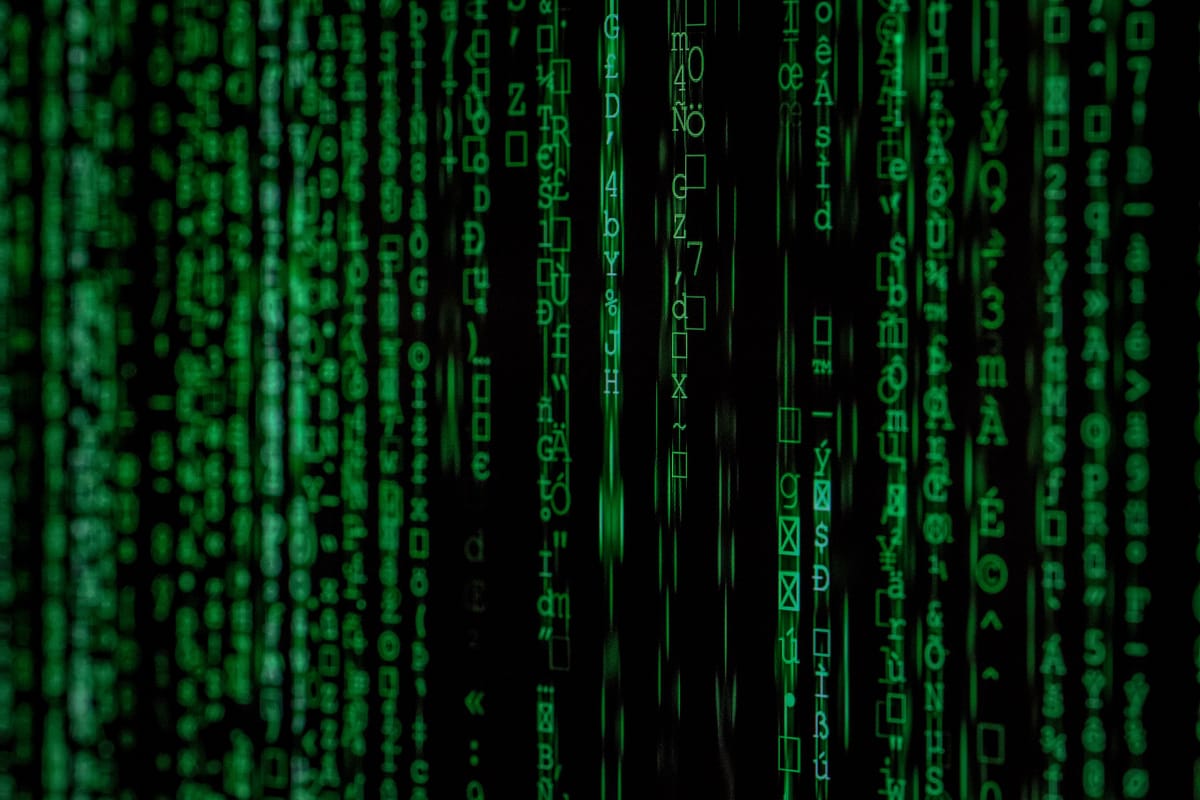Chinese Scientists Establish World's First Integrated Quantum Communication Network
Scientists at the University of Science and Technology of China have succeeded in integrating a huge quantum key distribution (QKD) network

When we send a piece of information to someone, like a text to a friend, it is sent as classical “bits”. These are streams of on or off pulses that represent 1s and 0s, which store information as binary code that can be converted back into the original information (the text) at the receiving end (the phone).
If this information is personal, we want to make sure that it is protected, and today this is typically done using classical encryption – the original data is altered using some code, and it is sent along with a digital “key” that is needed to decode the information. This makes it harder for hackers to get hold of the information, as they need access to both the information and the key in order to read and copy it. But that’s not impossible, and smart hackers who are able to get their hands on the bits of information and the key to decode it are still able to read and copy our data without leaving a trace.
Smart hackers... are still able to read and copy our data without leaving a trace.
Quantum communication uses the laws of quantum physics to solve this problem. Quantum particles, such as photons of light, can exist in states of superposition. We can use these particles, called “qubits”, to transfer information in a similar way to the pulses in the classical digital information transfer method. This means they are able to represent lots of information (i.e. multiple combinations of 1s and 0s) simultaneously.
And even better than this, just as an observed photon in Young’s Double-slit experiment will collapse into a single state and be measured in a single place, qubits will “collapse” out of their state of superposition into a 1 or a 0 if they are observed. This means that any hacker that tries to access the information will leave a trace of their tampering.
The new integrated network established by Chinese scientists at the University of Science and Technology of China combines over 700 optical fibres on the ground with two ground-to-satellite links to allow for quantum communication across a distance of up to 4,600 kilometres. The network uses quantum key distribution (QKD), which means that the information itself is encrypted and sent as classical binary data, but the key to decode the information is transmitted in a quantum state using qubits.
The key to decode the information is transmitted in a quantum state.
China launched the world’s first quantum communication satellite (QUESS) in 2016 and built a 2,000 kilometre optical fibre network between Beijing and Shanghai in 2017. These now form a part of the new integrated QKD network, which serves more than 150 industrial users across China, including banks, government and power grids.
The work of these scientists has proved that the use of quantum communication technology on a very large scale is possible. A global quantum communication network is certainly not an impossibility, and we may see this being developed in the near future. This would have great implications for the safety of personal, industrial and national data.





